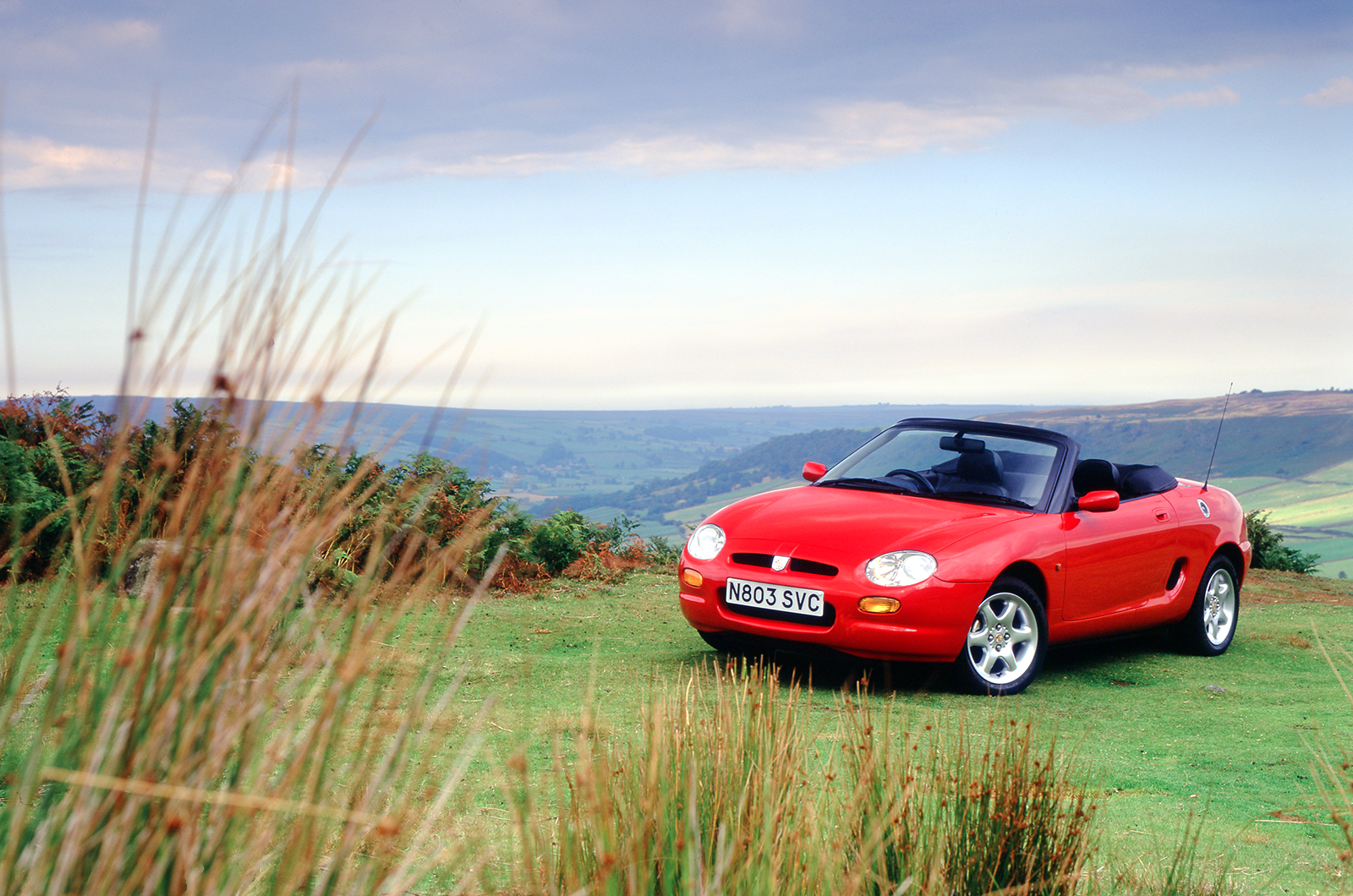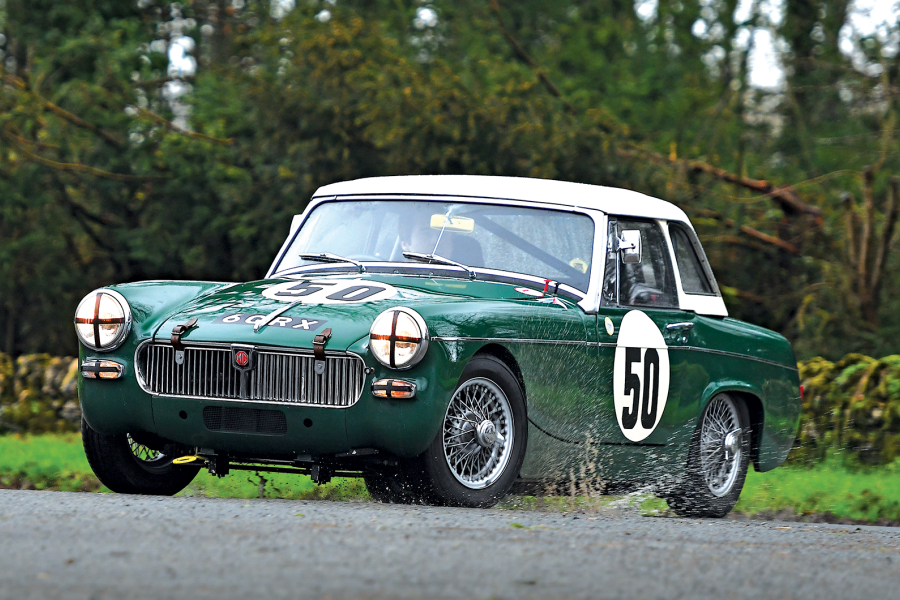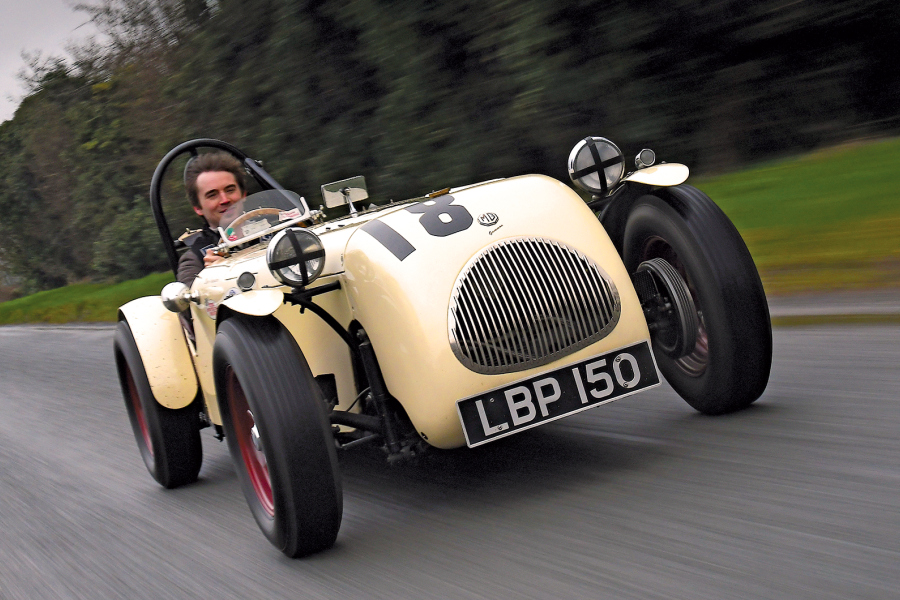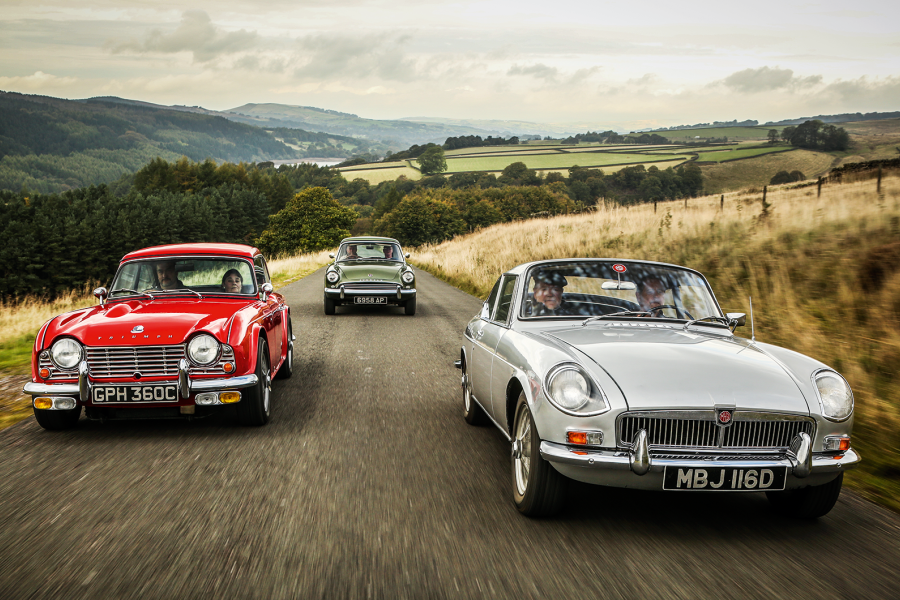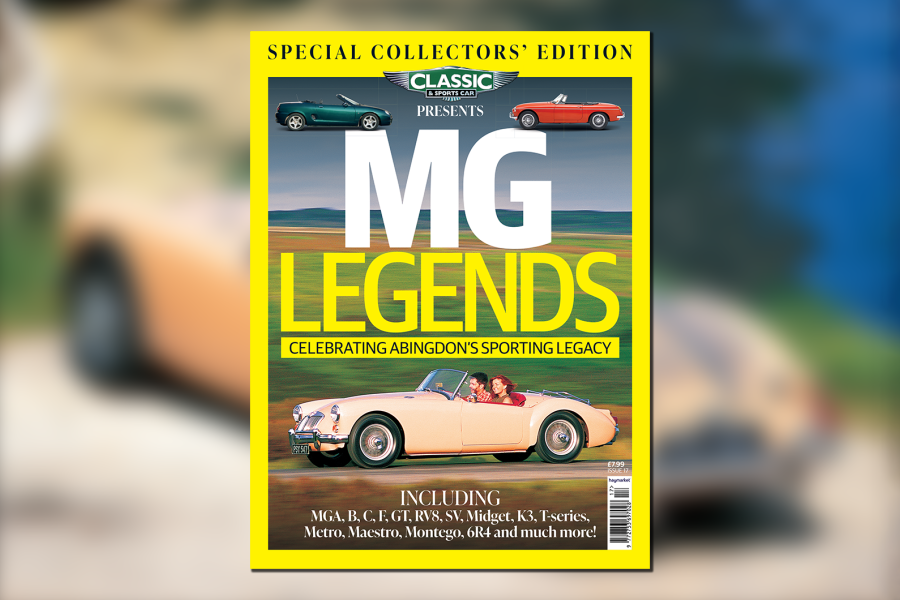
Every time I hear another tale about someone picking up an MGF for a song, £500 or so, I feel pangs of regret about it.
Sure, the low price makes the F a great starting place for the entry-level classic-car lover – as we rightly point out in this month’s Classic & Sports Car buyer’s guide – but the suggestion that the low price means it’s not a very good machine sticks in my craw.
I remember the launch of the F very well, and I’ve driven them from time to time ever since.
And even against its most popular rival (and I own a Mazda MX-5, so I know), the MGF is pretty damned good. Or perhaps I should say pretty and damned good.

In my view, two things harmed MGF values early in the car’s life.
One was the ignominious failure of the Rover Group that built it for the second half of its life. People came to think that if the company was badly run, the cars couldn’t be any good either. (That sort of thing also hurt the Rover 75.)



